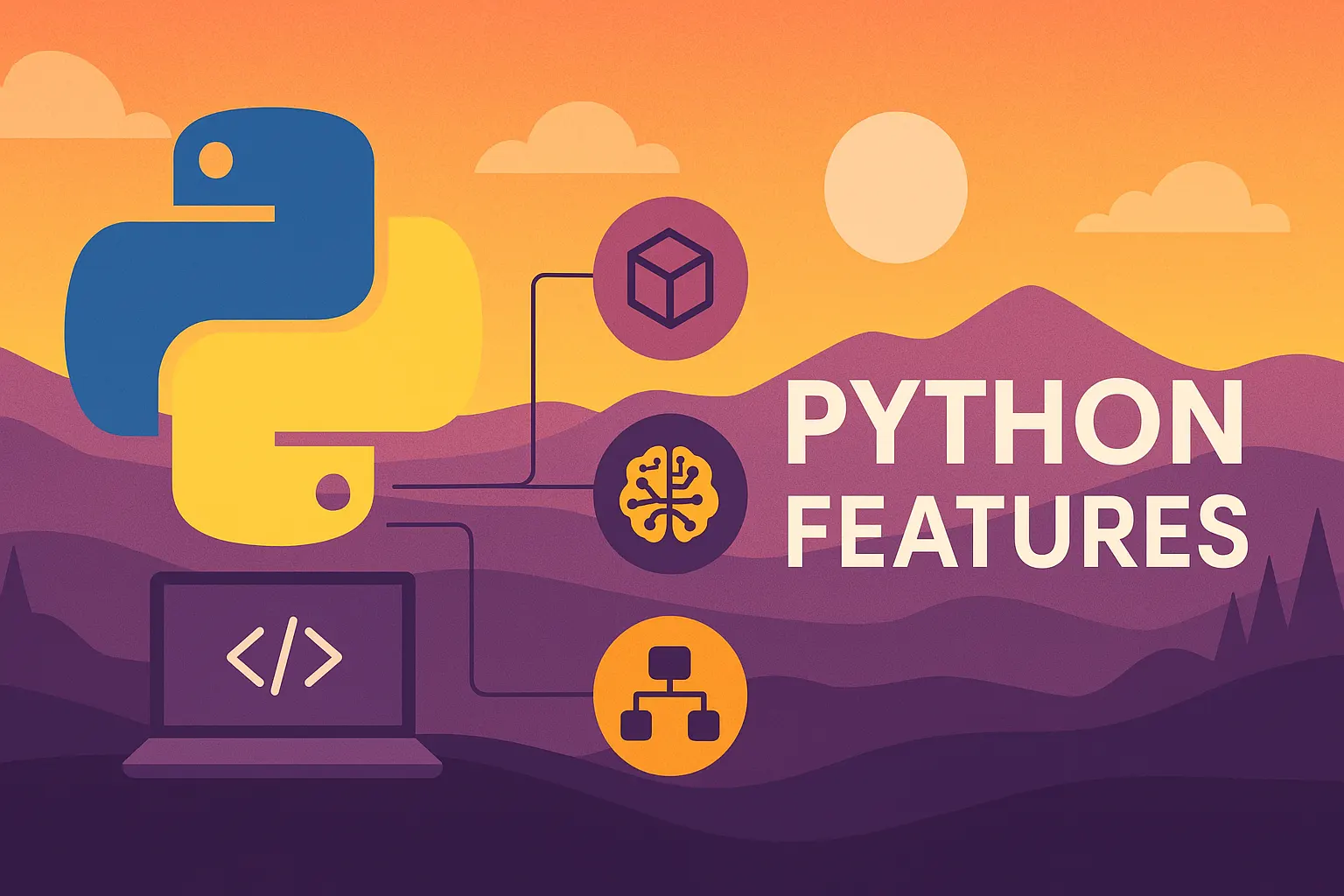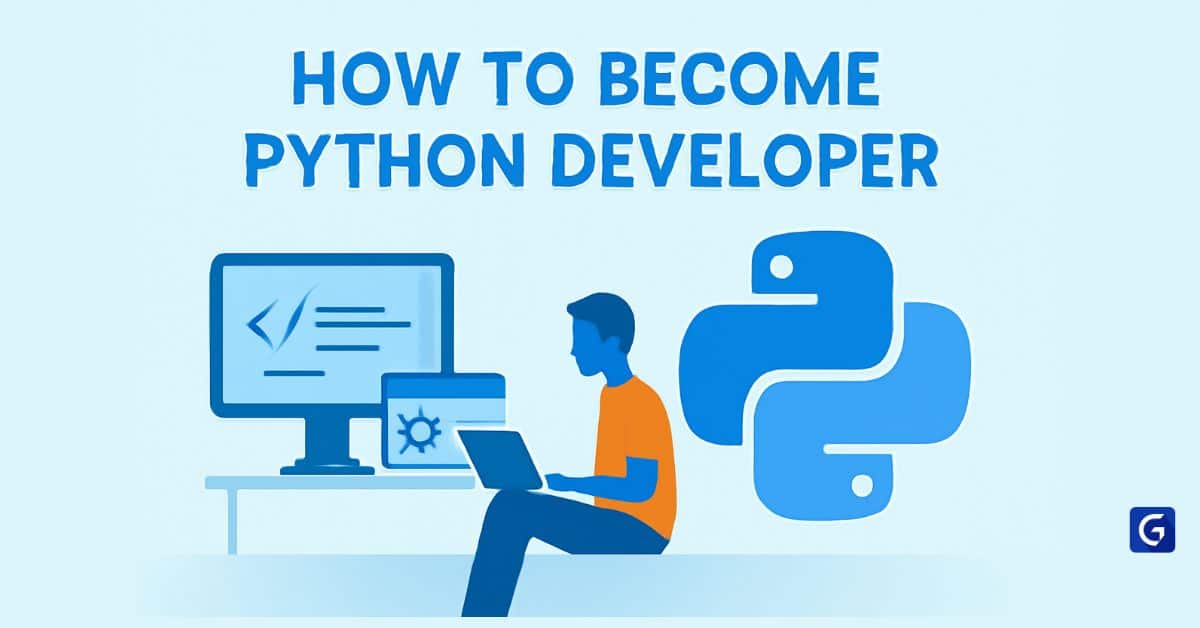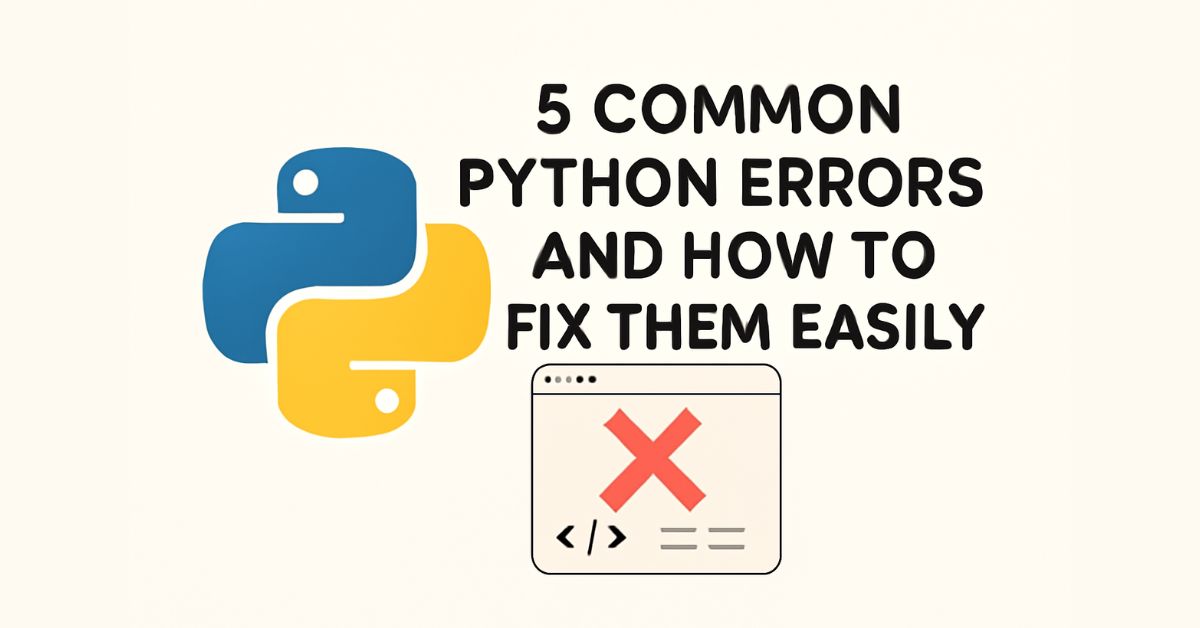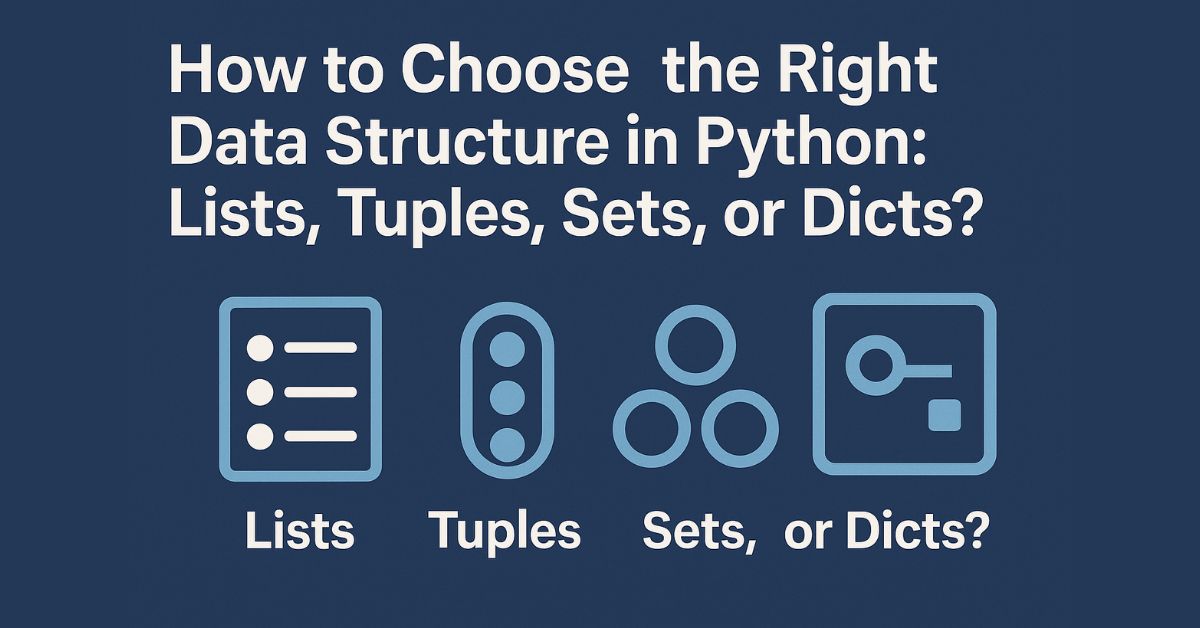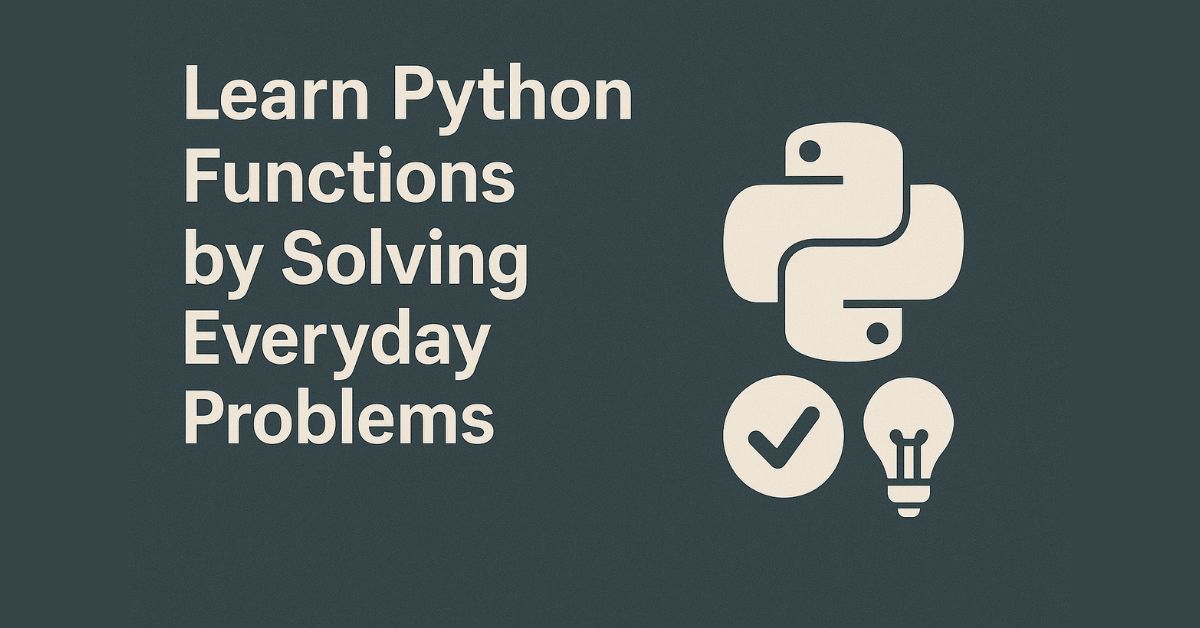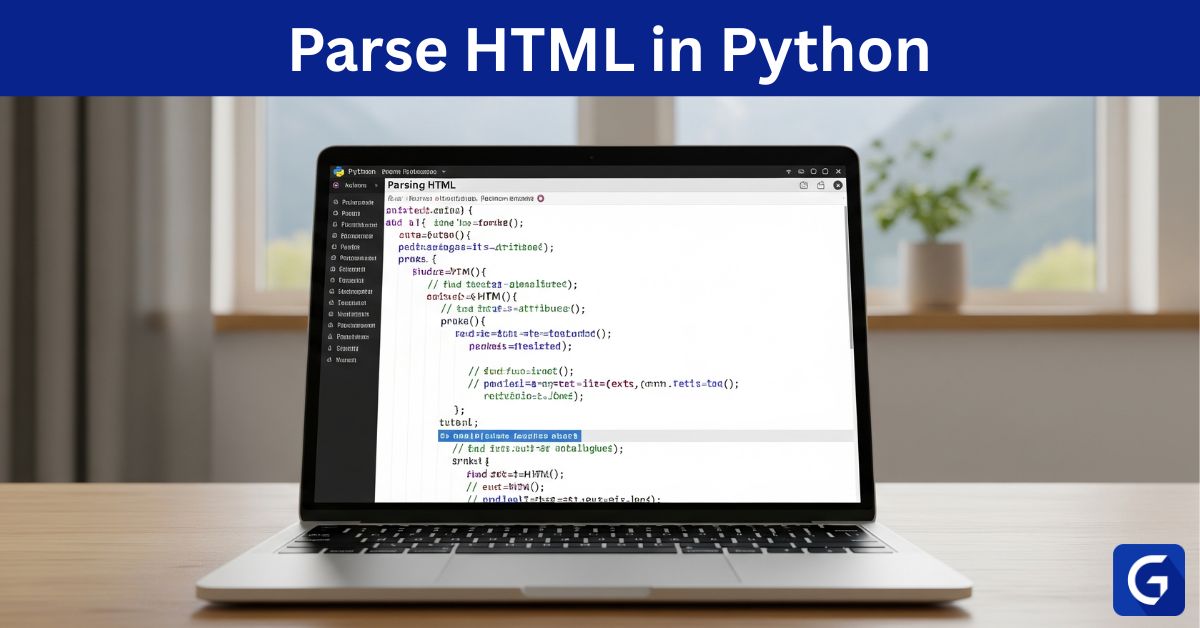- 1. Simple and Readable Syntax
- 2. Dynamically Typed Nature
- 3. Interpreted Language
- 4. Extensive Standard Library
- 5. Object-Oriented and Functional Programming Support
- 6. High-Level Data Structures
- 7. Cross-Platform Compatibility
- 8. Rich Ecosystem of Third-Party Modules and Packages
- 9. Scalability and Integration
- 10. Rapid Prototyping and Flexibility
- 11. Support for Scripting and Automation
- 12. Thriving Community and Continuous Improvement
Python has become a powerhouse in the programming world, and for good reason. Whether you’re building a web app, automating tasks, diving into data science, or exploring artificial intelligence, Python stands out for its simplicity and versatility.
In fact, recent developer surveys show that over 51% of developers globally are actively using Python, ranking it among the top programming languages alongside SQL, JavaScript, and HTML/CSS. But what exactly makes Python so popular and indispensable?
Let’s uncover 12 must-know features that make Python a favorite among beginner coders and seasoned software engineers alike.
1. Simple and Readable Syntax
Python’s design philosophy emphasizes code readability, allowing developers to express concepts in fewer lines of code than in other languages. This simplicity not only makes Python an excellent choice for beginners but also enhances productivity for experienced programmers.
Key aspects of Python’s syntax include:

- Minimalistic and Clean Code Layout: Python uses indentation to define code blocks, eliminating the need for braces or keywords, which leads to cleaner and more readable code.
- English-like Commands: Many of Python’s commands and keywords are intuitive and resemble the English language, making it easier to learn and understand.
- Dynamic Typing: Python allows dynamic typing, meaning you don’t have to declare the data type of a variable explicitly. This feature simplifies coding and reduces the amount of boilerplate code.
In this course, you will learn the fundamentals of Python: from basic syntax to mastering data structures, loops, and functions. You will also explore OOP concepts and objects to build robust programs.
2. Dynamically Typed Nature
Python’s dynamically typed nature allows developers to assign variables without explicitly declaring their data types, with the interpreter determining the type at runtime based on the assigned value. This flexibility accelerates development and simplifies code maintenance.
Key aspects of Python’s dynamic typing include:
- Type Inference at Runtime: The interpreter infers variable types during execution, eliminating the need for explicit type declarations. For example:
data = 10 # 'data' is inferred as an integer
data = "Python" # 'data' is now inferred as a string
This allows variables to reference different data types over their lifetime, enhancing code flexibility.
- Simplified Codebase: Without the need for explicit type definitions, Python code is more concise and readable, enabling developers to focus on logic rather than boilerplate code.
- Enhanced Flexibility: Functions and methods can handle various data types, promoting code reusability and adaptability.
However, dynamic typing also introduces considerations:
- Runtime Type Errors: Type-related errors may only surface during execution, necessitating thorough testing to ensure reliability.
- Maintainability Challenges: In larger codebases, the absence of explicit type declarations can make it harder to understand variable types, potentially complicating maintenance.
3. Interpreted Language

Python is an interpreted language, meaning that its code is executed line by line, allowing for immediate feedback and facilitating a dynamic coding experience. This characteristic simplifies debugging and accelerates development, as there’s no need for a separate compilation step.
Key aspects of Python being an interpreted language include:
- Platform Independence: Python code can run on various platforms without modification, as long as the Python interpreter is available for that platform.
- Ease of Debugging: Since code is executed line by line, errors are detected immediately, making it easier to identify and fix issues.
- Interactive Development: Python’s interactive mode allows developers to test snippets of code in real-time, fostering a more exploratory approach to problem-solving.
4. Extensive Standard Library
Python boasts a comprehensive standard library that provides a wide array of modules and packages to facilitate various programming tasks. This rich collection allows developers to perform numerous functions without the need for external libraries, promoting efficiency and consistency in code development.
Key features of Python’s standard library include:
- Built-in Modules: Access to system functionalities such as file I/O, regular expressions, and data serialization.
- Internet Protocols and Data Handling: Support for handling various internet protocols (e.g., HTTP, FTP) and data formats (e.g., JSON, XML).
- Graphical User Interface (GUI) Support: Tools for creating user-friendly interfaces across different platforms.
- Mathematical and Statistical Operations: Modules that provide functions for complex mathematical computations and statistical analysis.
This extensive standard library simplifies development processes, enabling programmers to implement robust solutions efficiently.
Suggested: Top 30 Python Libraries
5. Object-Oriented and Functional Programming Support
Python is a versatile, multi-paradigm language that fully supports both object-oriented programming (OOP) and functional programming (FP). This flexibility allows developers to choose the most suitable approach for their specific project needs.

- Object-Oriented Programming (OOP): Python enables the creation and manipulation of classes and objects, facilitating encapsulation, inheritance, and polymorphism. This paradigm is ideal for modeling complex systems with interacting entities.
- Functional Programming (FP): Python supports functional constructs such as first-class functions, higher-order functions, and features like map(), filter(), and reduce(). These tools promote a declarative coding style that emphasizes immutability and the application of pure functions.
By accommodating both OOP and FP paradigms, Python offers developers the flexibility to adopt the programming style that best aligns with their project’s requirements and their personal or team’s expertise.
Read More about OOPs in Python
6. High-Level Data Structures
Python provides a variety of built-in high-level data structures that facilitate efficient data organization and manipulation. These structures are integral to Python’s versatility and ease of use, enabling developers to handle complex data with minimal effort.
Key high-level data structures in Python include:
- Lists: Ordered and mutable collections that can contain elements of varying data types. Lists support operations such as indexing, slicing, and appending, making them suitable for dynamic data storage.
- Tuples: Similar to lists but immutable, tuples are ordered collections whose elements cannot be modified after creation. They are often used to represent fixed collections of items.
- Dictionaries: Unordered collections that store data in key-value pairs. Dictionaries allow for rapid access, insertion, and deletion of elements based on unique keys.
- Sets: Unordered collections of unique elements. Sets are useful for membership testing and eliminating duplicate entries from a dataset.
These high-level data structures are foundational to Python programming, offering robust solutions for data storage and manipulation across various applications.
7. Cross-Platform Compatibility
Python’s cross-platform compatibility allows developers to write code that runs seamlessly across multiple operating systems, including Windows, macOS, and Linux. This feature enhances software portability and reduces the need for platform-specific modifications
Key aspects of Python’s cross-platform capabilities include:

- Consistent Behavior: Python’s standard library and core syntax function uniformly across different platforms, ensuring consistent program behavior.
- Wide Adoption: Python is widely supported and available on major operating systems, facilitating its use in diverse development environments.
- Cross-Platform Frameworks: Frameworks like Kivy and wxPython enable the development of applications with native look and feel on multiple platforms, streamlining the deployment process.
By leveraging Python’s cross-platform nature, developers can create versatile applications that cater to a broad user base without extensive platform-specific adjustments.
8. Rich Ecosystem of Third-Party Modules and Packages
Python’s extensive ecosystem of third-party modules and packages significantly enhances its functionality, enabling developers to efficiently tackle a wide array of tasks across various domains. This vast collection of tools allows for rapid development and innovation without the need to build solutions from scratch.
Notable examples include:
- NumPy: A fundamental package for scientific computing, offering support for large, multi-dimensional arrays and matrices, along with a collection of mathematical functions to operate on these data structures.
- Pandas: Built on top of NumPy, Pandas provides data structures and data analysis tools for working with structured data, making tasks like data cleaning and manipulation more accessible.
- Django: A high-level web framework that promotes rapid development and clean, pragmatic design, enabling developers to build robust and scalable web applications efficiently.
- Flask: A lightweight and flexible web framework that offers the essentials to get a web application up and running quickly, allowing for greater control and customization.
These packages, among many others, exemplify Python’s versatility and its capacity to support development in fields ranging from data science and machine learning to web development and automation.
The availability of such a rich ecosystem empowers developers to leverage existing solutions, fostering innovation and efficiency in their projects.
9. Scalability and Integration
Python’s design emphasizes both scalability and seamless integration with other programming languages, notably C and C++. This interoperability enables developers to optimize performance-critical components while maintaining Python’s ease of use.
Key aspects include:
- Extending Python with C/C++: Developers can write performance-intensive modules in C or C++ and integrate them into Python applications. This approach combines Python’s simplicity with the execution speed of compiled languages, enhancing overall application performance.
- Utilizing Tools for Integration: Tools like Cython facilitate the creation of Python extensions in C, allowing for efficient interaction between Python and C/C++ codebases. This method is widely used to accelerate Python code execution.
- Embedding Python in C/C++ Applications: Python can be embedded within C/C++ programs, enabling the use of Python’s high-level features and extensive libraries in applications where C/C++ is predominant.
This capacity for integration allows developers to leverage the strengths of multiple languages, optimizing performance without sacrificing Python’s development efficiency.
10. Rapid Prototyping and Flexibility
Python’s clear and concise syntax, combined with its extensive standard library, makes it an ideal choice for rapid prototyping. Developers can quickly translate ideas into functional code, facilitating swift iterations and efficient problem-solving.
Key factors contributing to Python’s suitability for rapid prototyping include:
- Extensive Libraries and Frameworks: Python offers a vast ecosystem of libraries and frameworks, such as Flask and Django, which streamline the development of web applications and other software solutions.
- Cross-Platform Compatibility: Python’s ability to run on various operating systems without modification ensures that prototypes can be developed and tested across different environments seamlessly.
This flexibility not only accelerates the development process but also allows for easy adaptation to changing requirements, making Python a preferred choice for startups and established enterprises aiming to bring products to market swiftly.
11. Support for Scripting and Automation
Python’s design emphasizes simplicity and readability, making it an ideal choice for scripting and automating repetitive tasks.
Its extensive standard library and cross-platform compatibility allow developers to write scripts that can interact seamlessly with various system components and perform a wide range of functions.
Key aspects of Python’s support for scripting and automation include:
- Ease of Learning and Use: Python’s straightforward syntax enables quick development of scripts, even for those with minimal programming experience.
- Extensive Standard Library: Python offers modules for file I/O, regular expressions, and system operations, facilitating automation of tasks like file management and data processing.
- Cross-Platform Compatibility: Python scripts can run on different operating systems without modification, enhancing their versatility in diverse environments.
- Integration with Other Tools: Python interfaces smoothly with various technologies and APIs, allowing for automation across different applications and services.
By leveraging these features, Python empowers developers and system administrators to automate mundane tasks, thereby increasing efficiency and reducing the potential for human error.
12. Thriving Community and Continuous Improvement
Python’s success is significantly driven by its vibrant and expansive community, which actively contributes to the language’s evolution and widespread adoption.
Python boasts a developer community comprising approximately 11.3 million users, reflecting a substantial growth of 2.3 million new developers in the preceding year.
Key aspects of Python’s thriving community and continuous improvement include:
- Global Collaboration: Developers from around the world engage in collaborative efforts, sharing knowledge, tools, and resources, thereby fostering innovation and problem-solving.
- Regular Updates: The language undergoes consistent enhancements, with new features and optimizations introduced in each release. For instance, Python 3.13 includes improvements such as [specific feature examples], reflecting the community’s commitment to progress.
- Extensive Documentation and Support: The community maintains comprehensive documentation and offers support through forums, tutorials, and conferences, making Python accessible to newcomers and experienced developers alike.
This dynamic ecosystem not only ensures Python’s relevance in the ever-evolving tech but also empowers developers to build robust and innovative applications across various domains.
Explore Now, Python Compiler Tool
